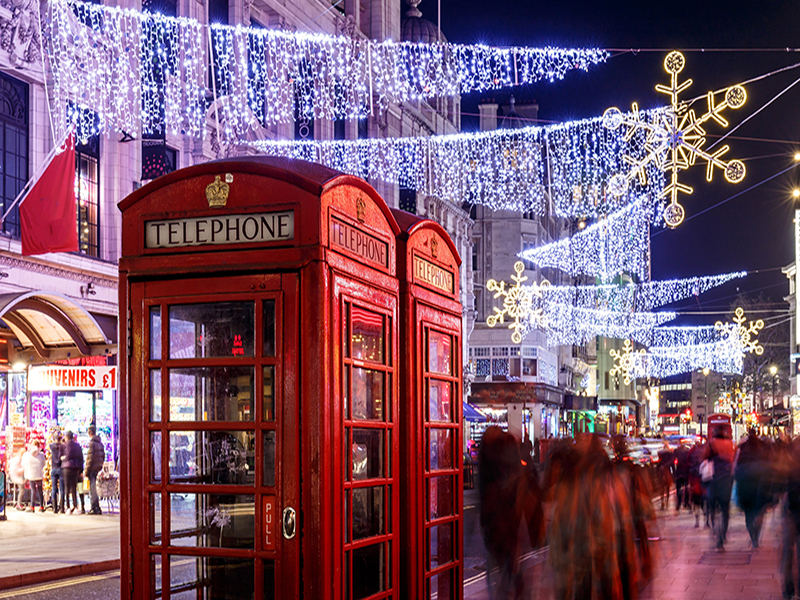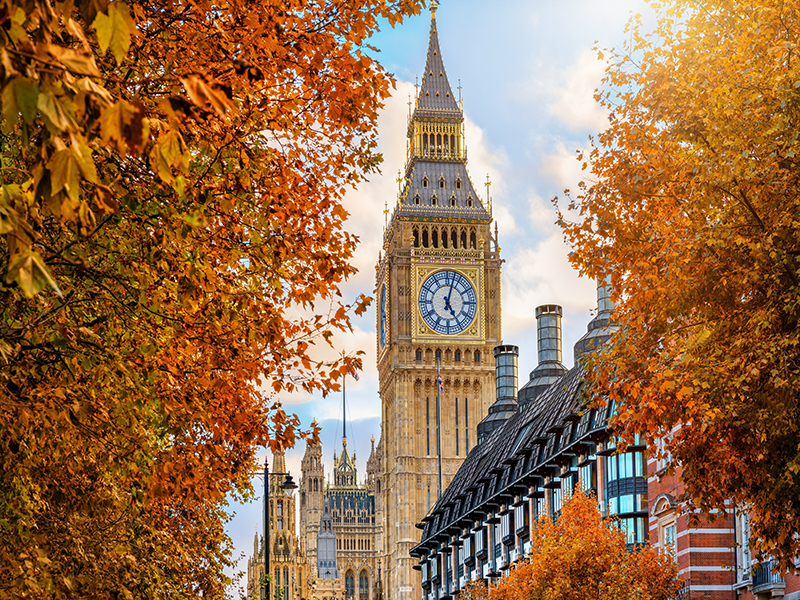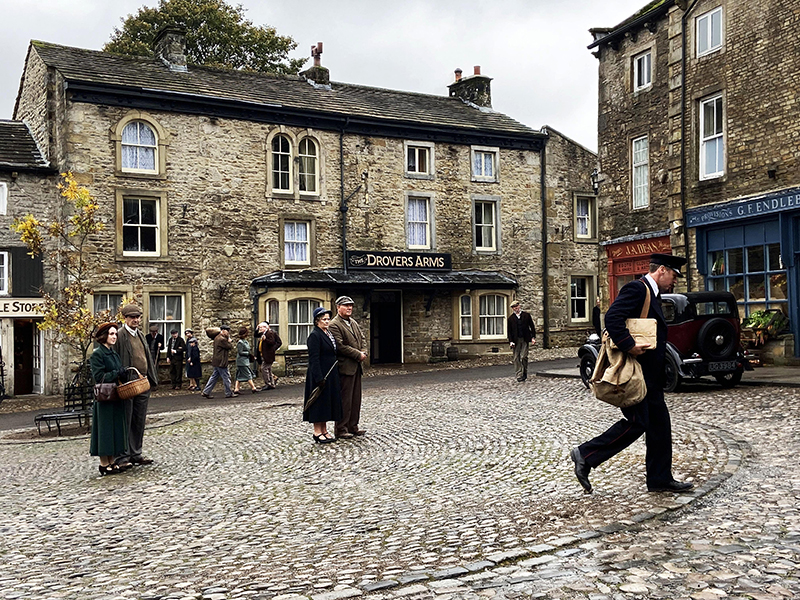I was very fortunate to be on their 70th and 75th D-Day celebration tours. The service and attention to details was exceptional. It was very moving to go back.
The Normandy Landings in June 1944 signified a major turning point in World War II and in those dark days gave hope to millions that Europe would eventually be liberated. D-Day – or 'Operation Overlord' – was an extremely large and complex undertaking. The successful coordination of American, British, Canadian and Free French Airborne troops, as well as the landing of infantry and armoured divisions, remains one of the greatest victories in history and the largest invasion of troops by sea.

Our top tips for London at Christmas - read on for our favourite Christmas lights, markets, shops and activities.
READ POST
Autumn arrives with a crisp breeze and comfy vibes, promising woodland walks and explosions of colour.
READ POST
Meet the tour guide for our new All Creatures Great and Small tour - James Herriot was the vet for his family farm!
READ POST